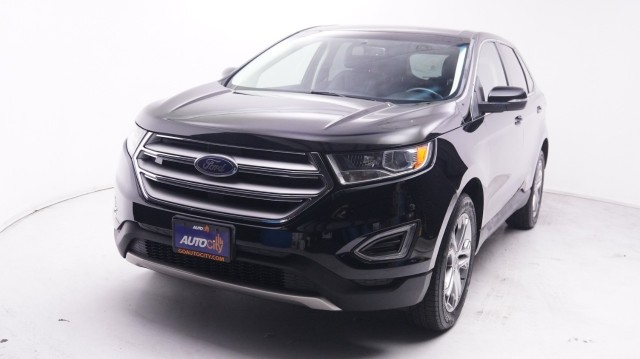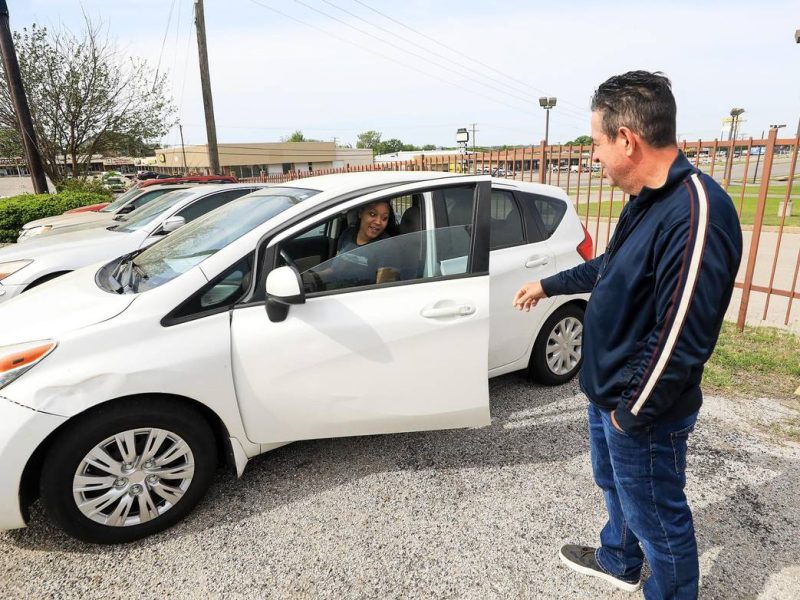As a car shopper, you should try to reduce the risk of purchasing a trouble-prone car. This is possible if you are meticulous when it comes to inspection. Aside from reading the window sticker or the Buyer’s Guide, here are other things to inspect when buying used cars in apex:
Exterior
The first thing to do is to inspect the car’s exterior. You should consider the following things when inspecting the car’s exterior:
- Body condition: when it comes to body condition, you should look into the body panel as well as the roof. Essentially, do not consider if it has too many dents, scratches, and rust.
- Suspension: it takes bouncing every corner of the car up and down to check the suspension. If the shock absorbers are in good condition, the car should rebound once.
- Windshield: the windshield is an important safety measure. With this, you should check thoroughly. While small chip may not be a big issue, you can use it as a bargaining chip when negotiating.
- Tires: do not forget to check tread wear.
Under the hood
Checking the hood is ideal if the engine is cool. You should consider the following things when inspecting under the hood:
- Hoses: the rubber hoses running to the radiator and AC should be firm but supple.
- Fluids: for the fluid levels, you need the dipstick.
- Radiator: the coolant should be orange or greenish in color.
- Battery: if the car has a battery with a built-in charge indicator, it should indicate a green color. This means the battery is in good shape.
Under the car
If you can find the place where the car is parked, it can help you determine its condition under. For instance, if the parking spot is marked with old puddles of coolant, gasoline, fluid, and oil, it is not a good sign. If the spot is clean with water drips, it is probably just water condensed from the AC.
You should also feel the tailpipe for deposits. If it is greasy and black, it means the oil is burnt. It is better to slide under if the vehicle is high enough to conduct basic checks under the car.

Interior
To conclude your inspection, it is time to check the insides of the car. This matter since you will spend most of your time here. You should consider the following things when inspecting the interior of the car:
- Odor: when you open the car door and it smells moldy, musty or mildew, it could indicate water leaks.
- Seats: you will spend most of your time seating so you should try out all the seats and make sure that they are comfortable.
- Sound system: the first thing to check is the radio reception followed by the CD player and MP3 player.
- Pedals: the rubber on the brake pedals, brake and clutch will give an indication of use. As much as possible it should not show much wear.
Bottom Line
By knowing what to look for, you can effectively determine how reliable a used vehicle is. If you want more trained eyes, you should consider independent mechanics. They will delve deeper to help you ascertain if the used car is a good deal or not.


